Oral hygiene according to the Swiss GBT protocol for children

specialists

equipment

treatment
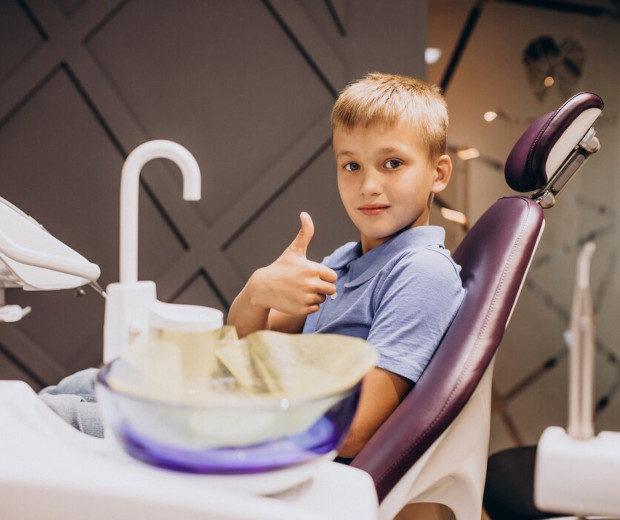
GBT is an occupational hygiene protocol aimed at combating biofilm, a key factor in the development of caries, infections in the teeth and implants. Regular removal of biofilm prevents many systemic diseases and improves the overall health of both children and adults.
Dentists include the following advantages of the GBT protocol:
- Adjustable water temperature, which eliminates discomfort during the procedure
- Careful and high-quality dental treatment thanks to the use of PLUS powder. It is suitable for cleaning dental tissue, periodontal pockets, fillings, crowns, veneers
- Short procedure time, unlike traditional methods of teeth cleaning
The concept of professional dental hygiene was introduced in the 1970s through the efforts of Axelson and Linde. They emphasized the need for such care as part of the prevention and treatment of inflammatory processes in the oral cavity.

Like most medical procedures, professional oral hygiene according to the Swiss GBT protocol has its limitations. They depend on the types of techniques and tools used. For example, the use of Airflow is not recommended for patients with serious upper respiratory tract infections and bronchial asthma.
The PERIOFLOW attachment cannot be used for purulent inflammation, osteomyelitis and periostitis. The presence of a pacemaker or other implanted devices is a contraindication for the use of Piezon Master. It is also necessary to take into account individual intolerance to components such as erythritol, glycine, chlorhexidine and other substances.
Stages of treatment according to the oral hygiene protocol

The procedure consists of eight detailed steps:
- Diagnostics The doctor conducts a thorough examination of the oral cavity to identify caries and inflammation, and evaluates dental implants for rejection and mucositis. Additionally, BacterX mouth rinse is used to aid in diagnosis
- Plaque detection The dentist uses dyes to improve the visibility of the biofilm, which ensures effective removal of dental plaque
- Patient information The patient receives instructions on proper oral hygiene, including recommendations for the use of interdental brushes, electric toothbrushes, and irrigators. The doctor also explains the principles of preventing dental and gum diseases
- AIRFLOW procedure Involves the use of AIRFLOW PLUS and AIRFLOW CLASSIC Comfort powders for the effective removal of biofilm and soft deposits from natural teeth, composites and dental implants. Cleans both supragingival and subgingival areas
- PERIOFLOW procedure Necessary for deep cleaning of periodontal pockets. The use of AIRFLOW PLUS powder with the PERIOFLOW nozzle ensures the removal of biofilm at a depth of 4 to 9 mm
- PIEZON procedure The final stage of removing hard dental plaque. Specialized PIEZON attachments are used for treating teeth and implants, including deep periodontal pockets
- Control inspection After all procedures, the doctor checks the condition of the oral cavity to ensure complete removal of biofilm and deposits, as well as to identify any remaining problem areas
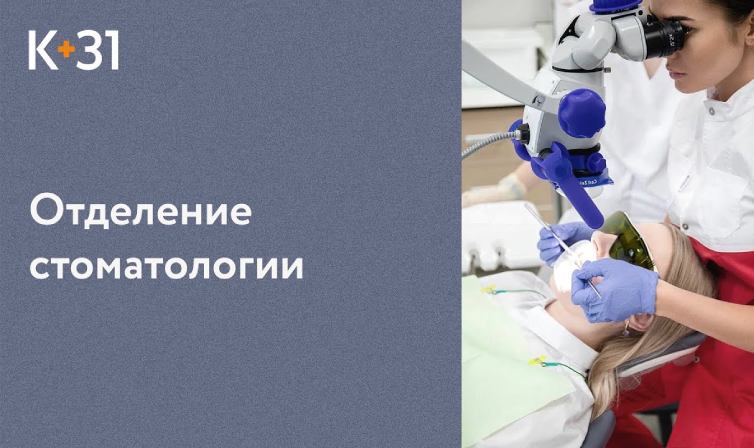
Modern methods of diagnostics and dental treatment at "K+31"
Questions and answers about children's GBT-Hygiene
Is it painful for the child?
Will the procedure damage the child's enamel?
How often is it recommended to do GBT hygiene for children?
How does GBT hygiene differ from regular cleaning?
Does the procedure involve anything other than cleaning?
Are the individual characteristics of the child taken into account?
Our doctors

This award is given to clinics with the highest ratings according to user ratings, a large number of requests from this site, and in the absence of critical violations.

This award is given to clinics with the highest ratings according to user ratings. It means that the place is known, loved, and definitely worth visiting.

The ProDoctors portal collected 500 thousand reviews, compiled a rating of doctors based on them and awarded the best. We are proud that our doctors are among those awarded.
Make an appointment at a convenient time on the nearest date
Price
Other Services
Online consultation with a pediatric dentist
Plastic frenulum of the tongue





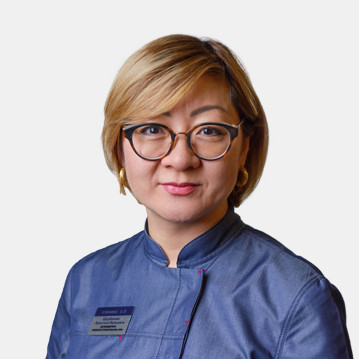
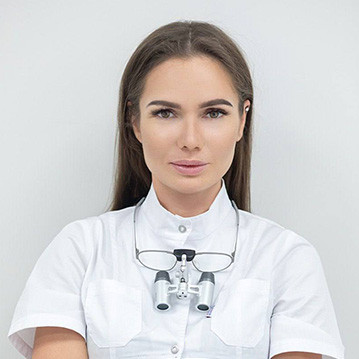
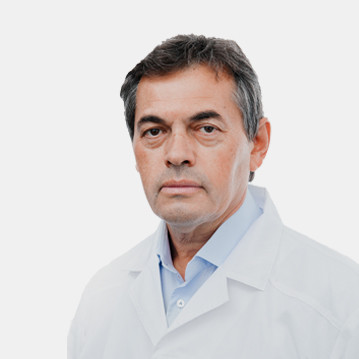
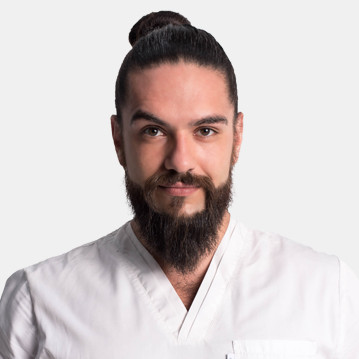
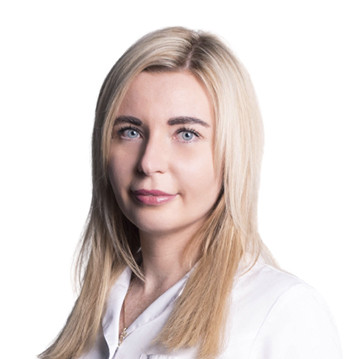
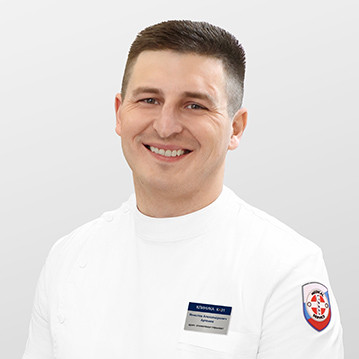
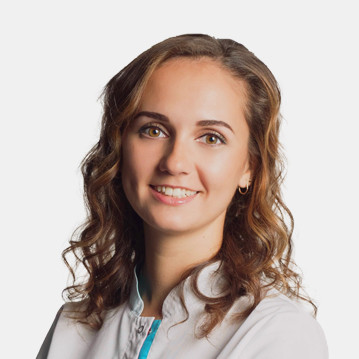
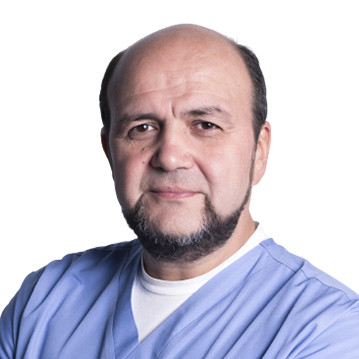

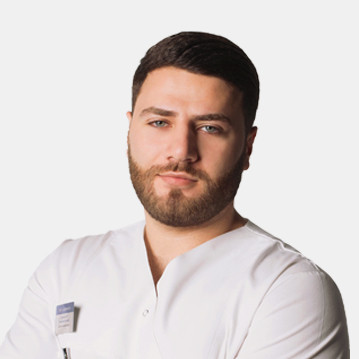



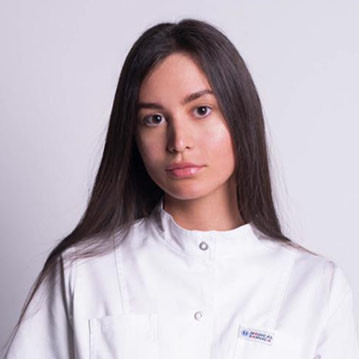
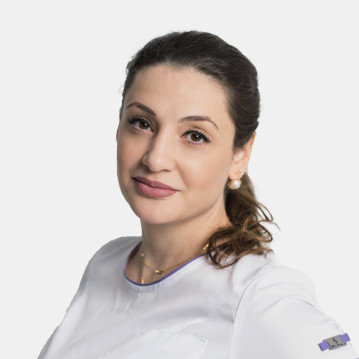
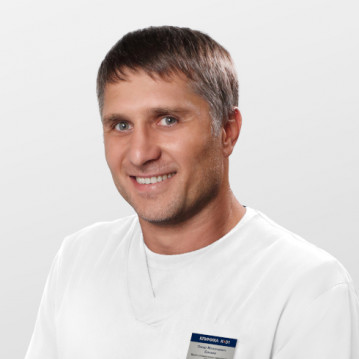
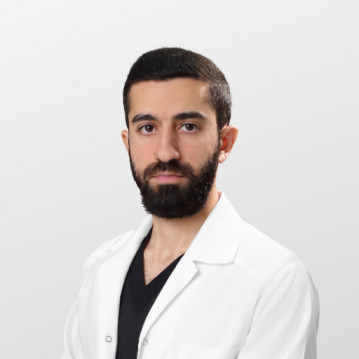
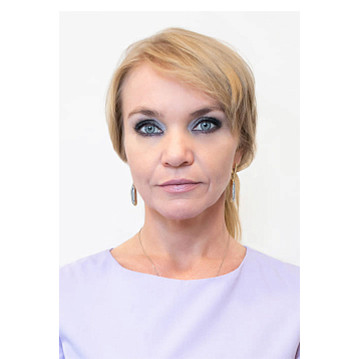

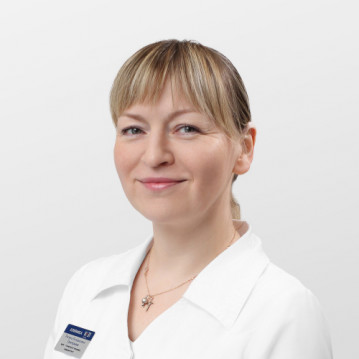
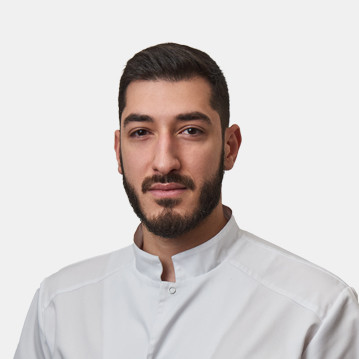
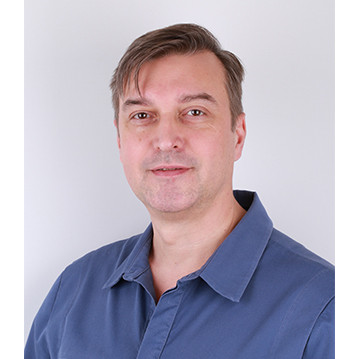

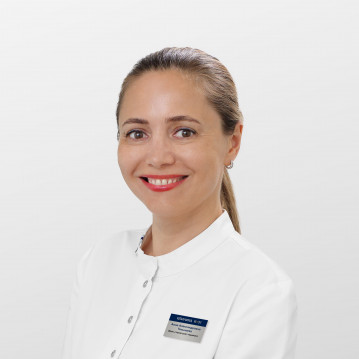


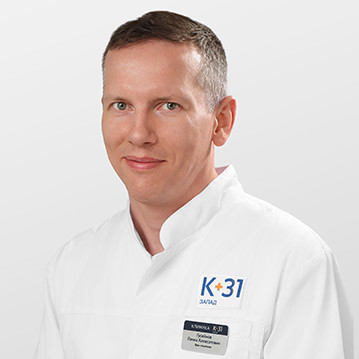
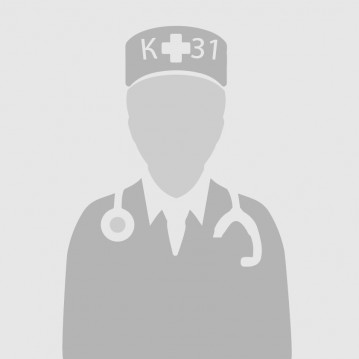
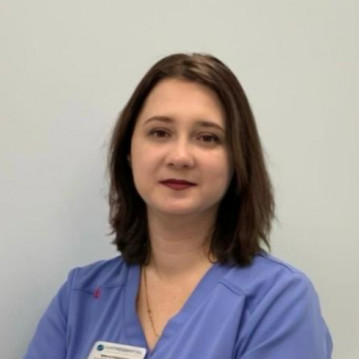

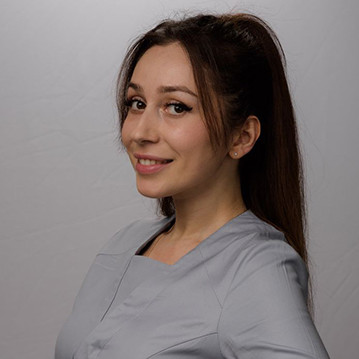

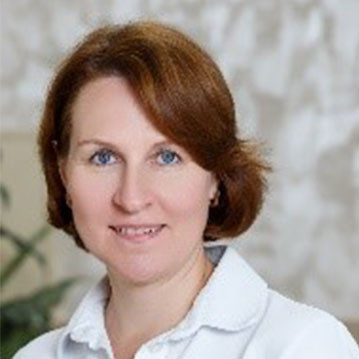

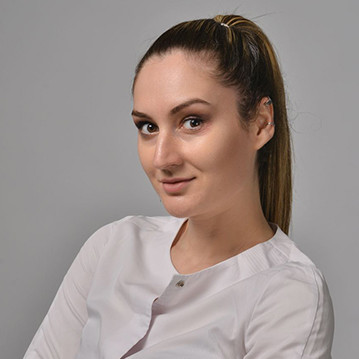

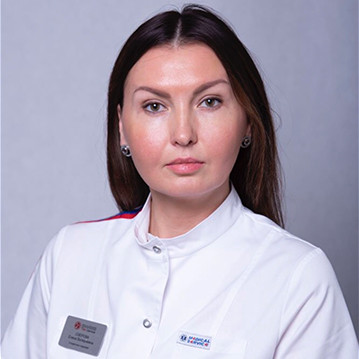

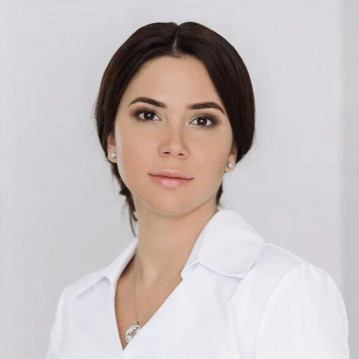







Application of the GBT protocol in dentistry
Professional oral hygiene is necessary for the prevention and treatment of various diseases. The protocol is used in the following cases:
The GBT protocol adapts to the needs of patients, provides a comprehensive approach to oral care, and minimizes the need to use manual dental instruments.